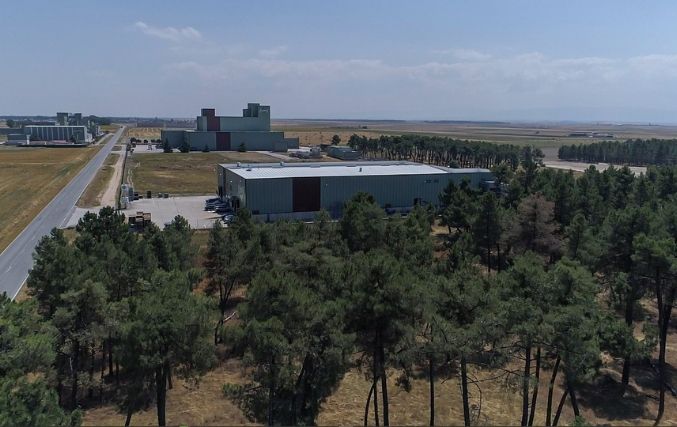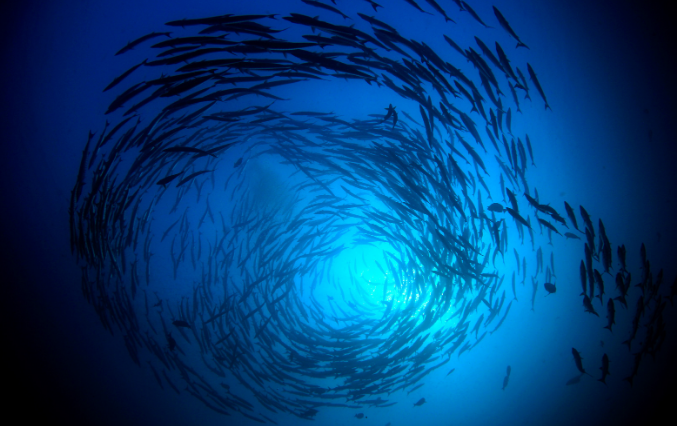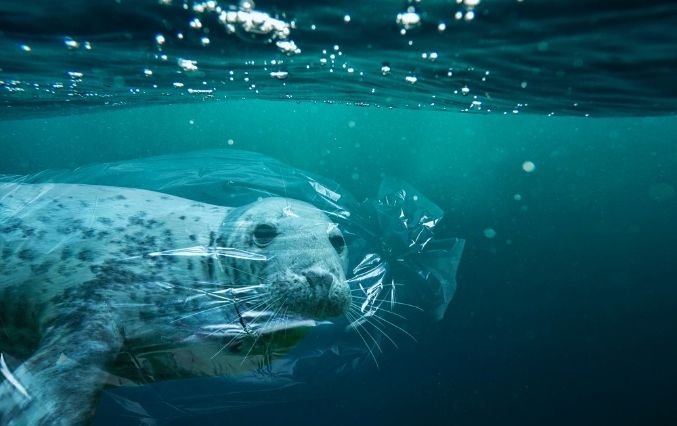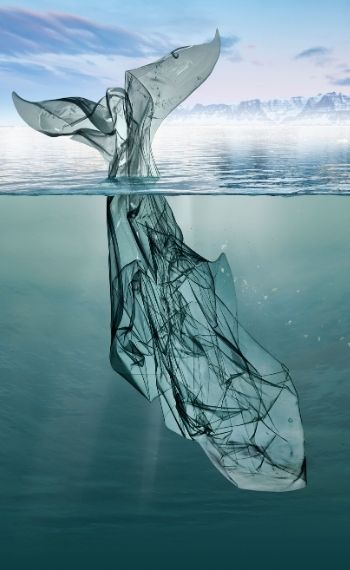Selection of Sustainable Raw Materials
We work with different species of animals and strive each day to improve their well-being, happiness and health. To meet our objective, we offer a wide range of foods for fish, dogs and cats, adapted to their life cycle and feeding requirements. Our secret? Natural, healthy recipes made of the best ingredients.
At Dibaq, we are aware of the importance of using top-quality raw materials that have been selected in a sustainable, environmentally responsible way and that provide the best benefits to animals. That’s why we constantly monitor the origin and traceability of our selected ingredients.
To do so, we have a rigorous programme for the selection of our collaborators and raw-material suppliers. We work only with those that have animal welfare certification (along with other recognitions, such as the Marine Stewardship Council), and we visit them regularly to ensure compliance with the expected quality standards and current legislation.
Also, in our search for top-quality raw materials, we are always mindful of the sustainability of our planet and natural resources. We are aware of the importance of the habitats around us, so we work with sustainable farms that produce their materials without sacrificing the future. We collaborate only with those who are committed to environmentally reasonable and socially responsible agriculture, and who seek to obtain the best long-term results for forests, climate stability and livelihoods.
We are also committed to our local economy. For this reason, we mainly collaborate with suppliers from our area, with the intention of strengthening the local economy and reducing our transport-derived CO2 footprint. Thanks to our logistics partners and their extensive experience, the selected raw materials reach our facilities as quickly as possible and in the best conditions, ensuring their freshness and quality.







